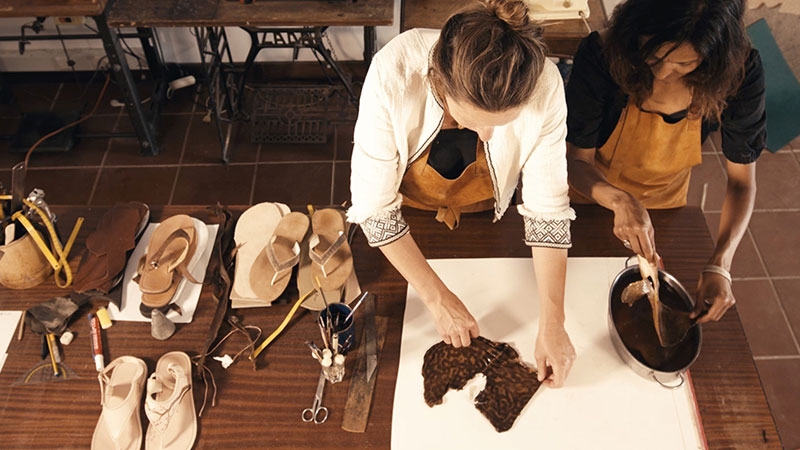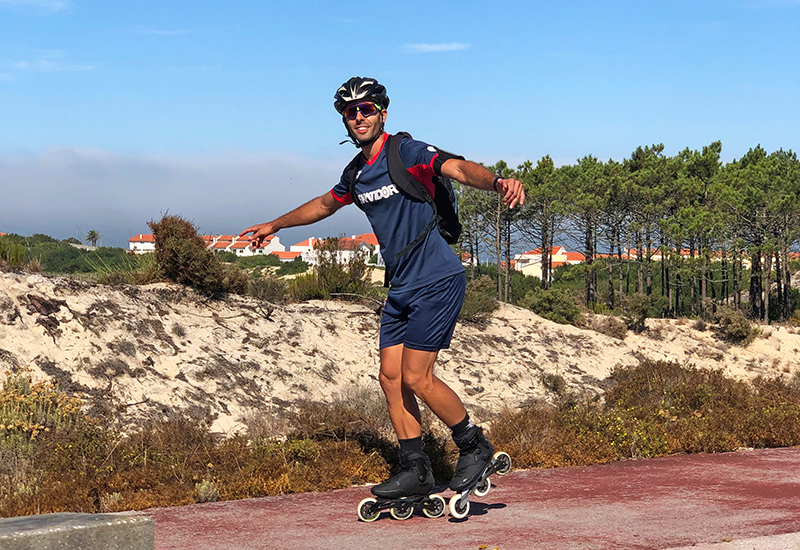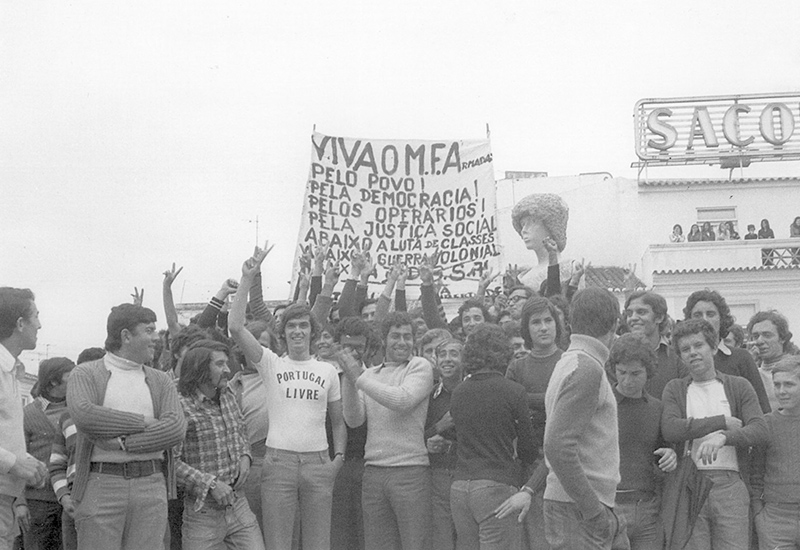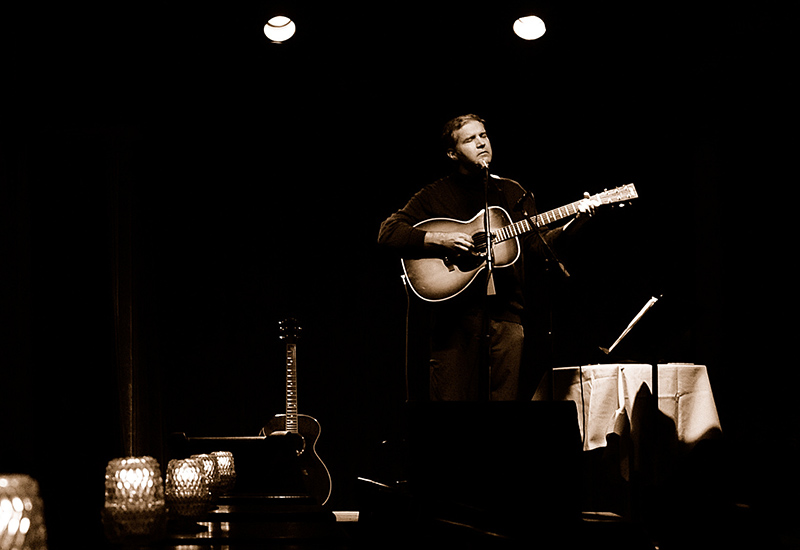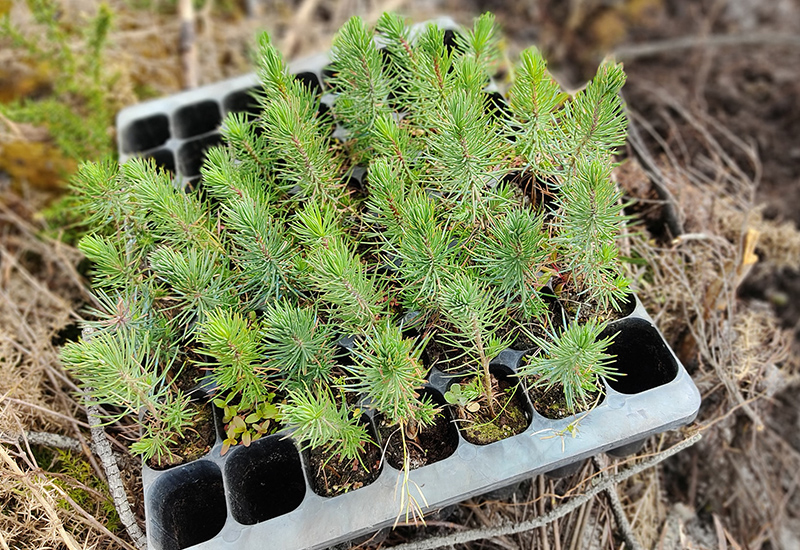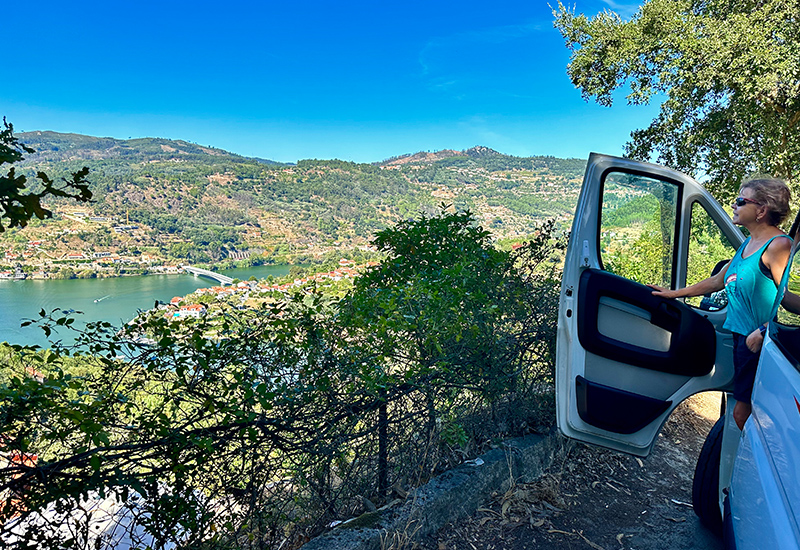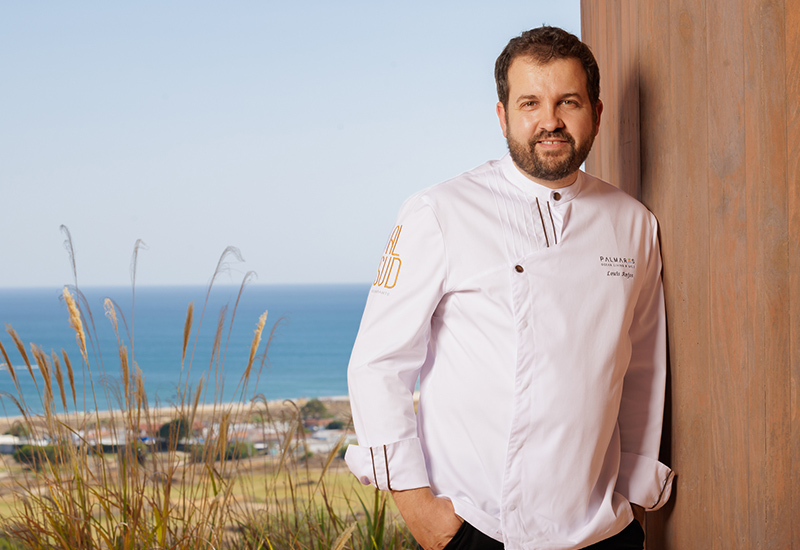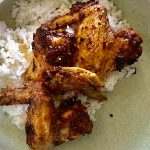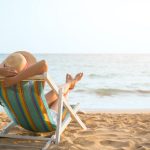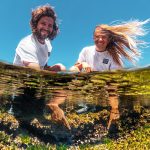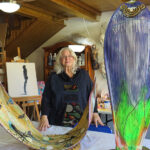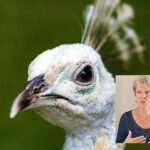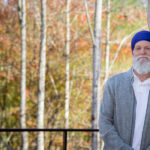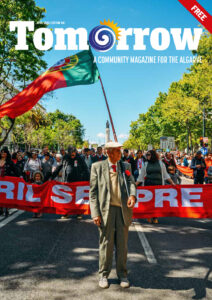Fortunately, the climate in the Algarve allows us to stay in open footwear nearly all year round. Luckily for us, Linda van Oosterhout, a professional shoemaker originally from the Netherlands, recently moved to the Algarve and has cleverly tailored her skills to fit the Portuguese market, creating flip-flops from fish leather that she sources from the Lagos fish market.
After completing her Industrial Design degree, Linda trained as a traditional shoemaker, learning from Holland’s last generation of shoemakers. This craft has, sadly, now totally disappeared.
This gave her the opportunity to set off her career in a positive direction. Linda’s work saw her making bespoke shoes for all kinds of customers in Holland and, as these products were tailor-made, the prices reflected the work put into each item. Her passion and attention to detail have kept Linda’s quality end-product in demand, allowing her to keep pursuing her career and developing it into what it is today.
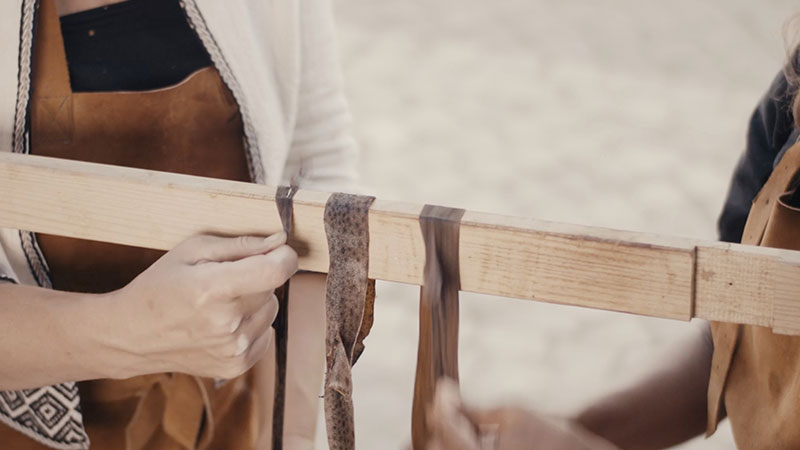

Along with designing custom-made shoes, she coordinates the production and prototyping for shoe brands. Linda also guides the Portuguese production of a Dutch brand that her teacher and friend Liesel Swart created. Also produced in Finland, these high-quality and completely sustainable wool felted boots, with vegetable-tanned leather soles and wooden heels, boast beautiful craftsmanship and sustainability.
After searching for warmer climes, she and her family moved to Lagos, where she found her perfect atelier, just within the city walls. As well as designing, creating, and selling her shoes from this space, Linda holds shoe-making workshops limited to two people. At the end of the day, you are able to walk away with a pair you made yourself!
While I am exploring her studio, I notice some wooden abstract shoe-like objects that adorn the walls and I am intrigued to find out what these are. Called ‘lasts’, they were invented by Jan Ernest Matzelinger in the late 19th century and are used to sculpt the right shape for shoes to fit individuals. Lasts can be made from hardwood, cast iron, or high-density plastic. Linda tells me that she had over five cubic meters of hardwood lasts, which she has now donated to the school she attended.
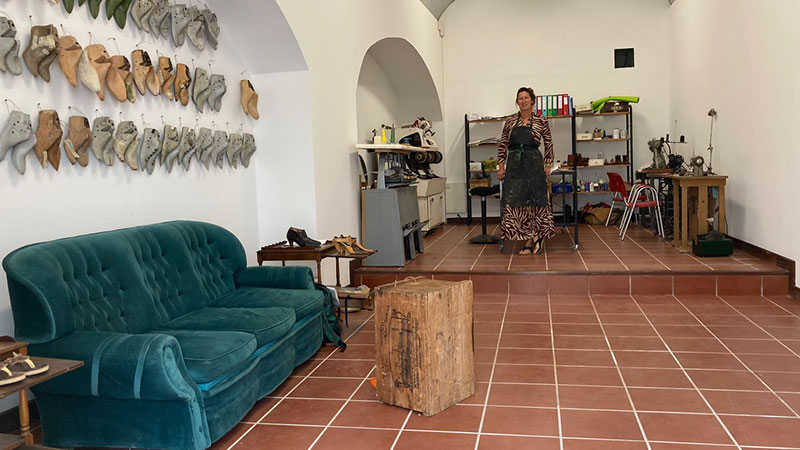
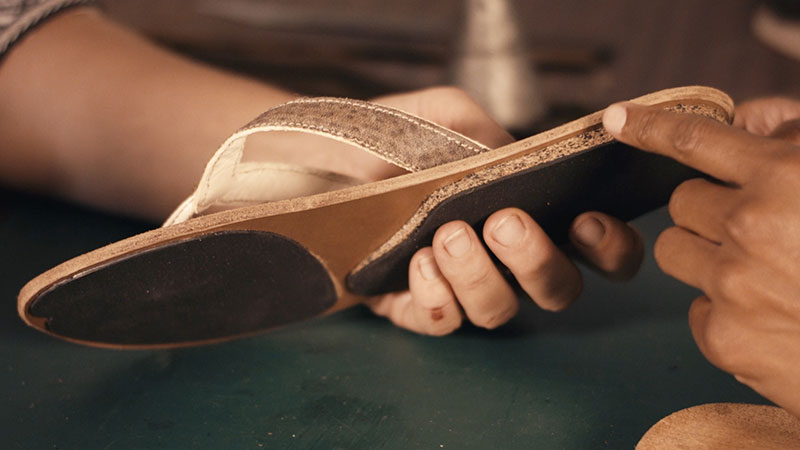
Her drive to keep working comes from being a mother to three children that she hopes to keep inspiring. “The economy here is suffering a little bit from monoculture, so I would love to bring some different professions to the region, so our children have more diversity in the economy when they grow up. More diversity is more resilience,” she explains.
Her children attend schools in Lagos, where they are integrating with local children. She teaches them how the industry operates and the importance of working together with local tradespeople, recognising opportunities to benefit each other. It is a great life lesson for their future.
Having already worked with unconventional leathers like snake, ostrich, crocodile and stingray in Holland, she was not afraid when her good friend Stephanie Dufrane showed her the first home tanning recipe. The technique allowed her to treat the fish skins that were left to be thrown away at the Lagos fish market. Stephanie is a bush-crafter who has mastered, among other old survival skills, the ancient natural tanning process (which is a process that dates back to 6000 BC and is used to preserve animal skin).
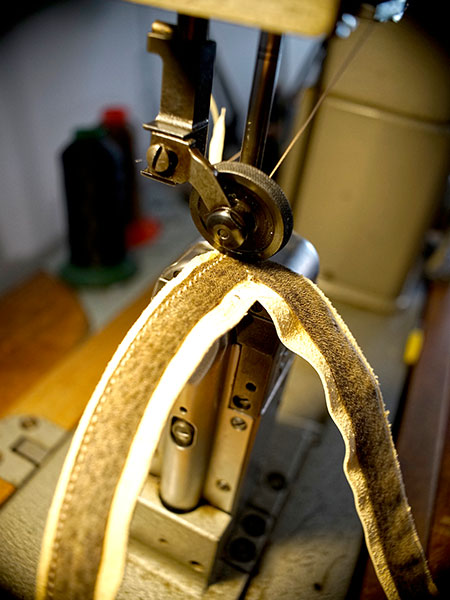
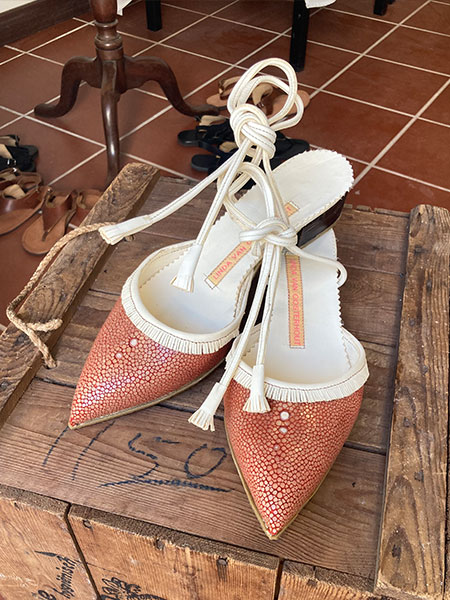
“The great thing is, if you use fresh local fish skins there is no need to salt for storage and transport, so it saves a lot of water,” Linda tells me. She always ensures that the fishing is small scale, the fish are caught locally and are not rare.
She admits the tanning process is not as easy as she had hoped and says, “There are as many tanning processes as recipes for bacalhau! I have always had a fascination for the tanning process and visited lots of tanneries. But I never tried doing it myself until now. I didn’t realise how small scale a tannery can be.”
She uses vegetable-tanned leather, which ensures that no chemicals are used in the tanning process. Her aim is to create a durable product, which in turn saves on overproduction, and therefore pollution. She proudly states, “The longer something lasts, the smaller our footprint on this beautiful planet.” All the materials used to make the flip-flops can be separated and the leather can be composted. She has also found a place in Portugal that has a press, so she can use a more eco-friendly glue.
Her flip-flops are toxic-free, classic, durable footwear. I was lucky enough to try out her fish skin ones along the cobbled streets of Lagos while filming a documentary with her. For someone who has lived most of her life in flip-flops, I have to say that these were one of the most comfortable pairs I’ve had the pleasure to ‘fish’ flop in.
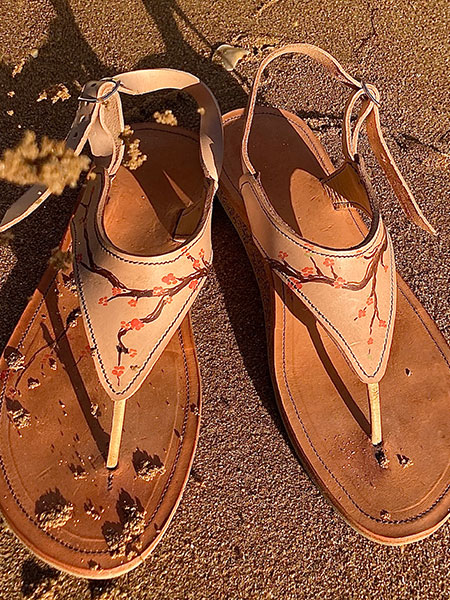
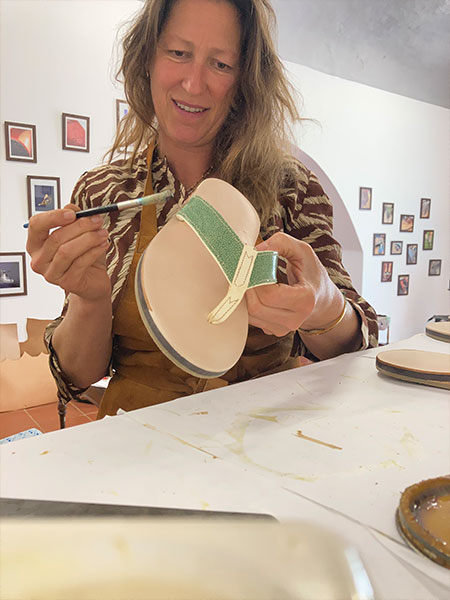
For more information on Linda’s workshops and products, visit www.lindavano.com, www.instagram.com/lindavanoo
You can see Lisel’s creations at www.lev01.nl
